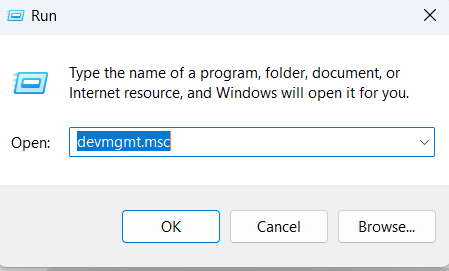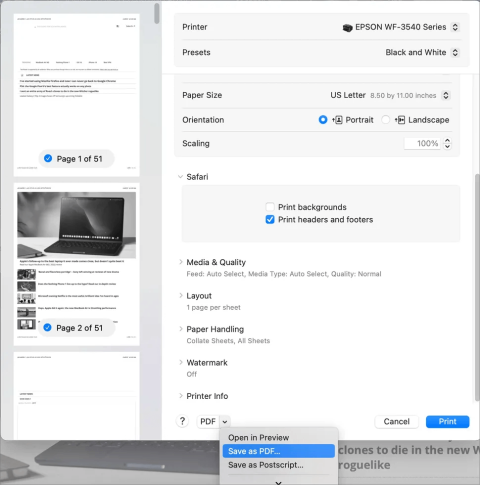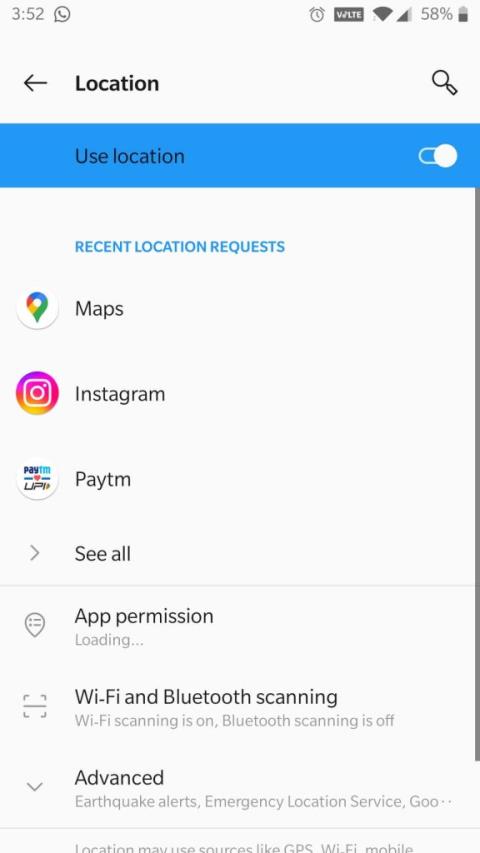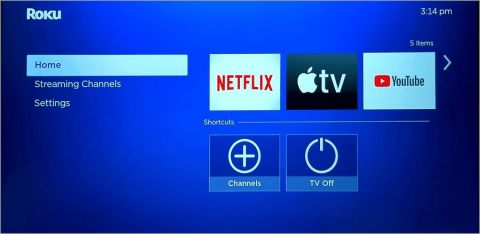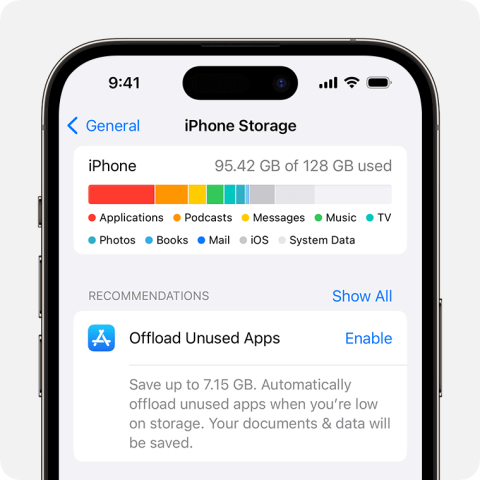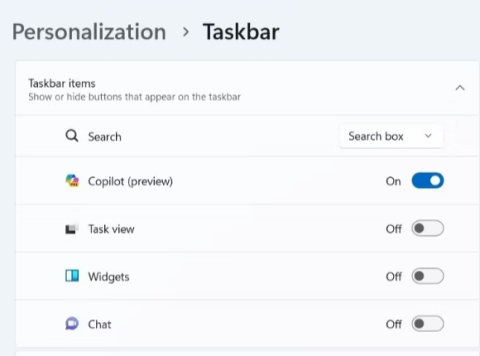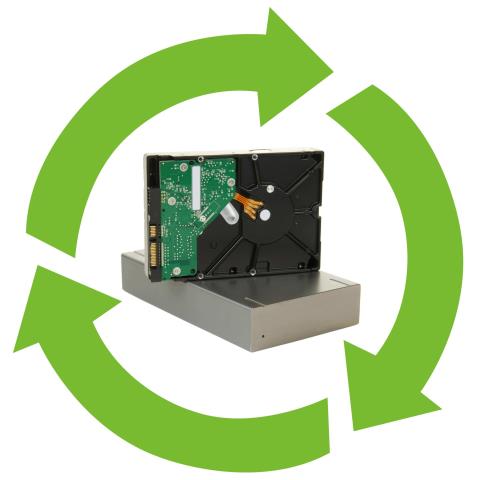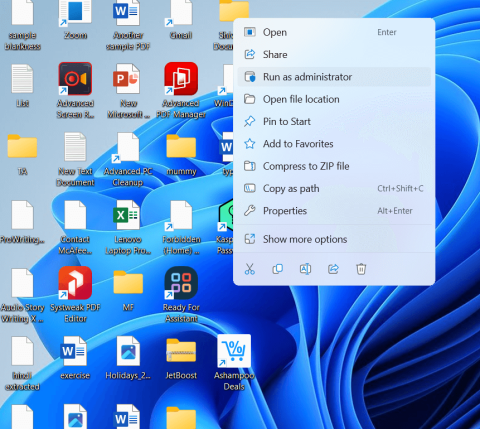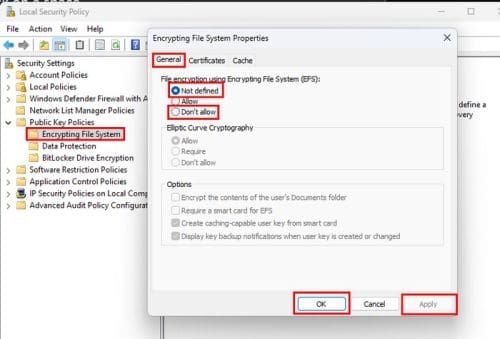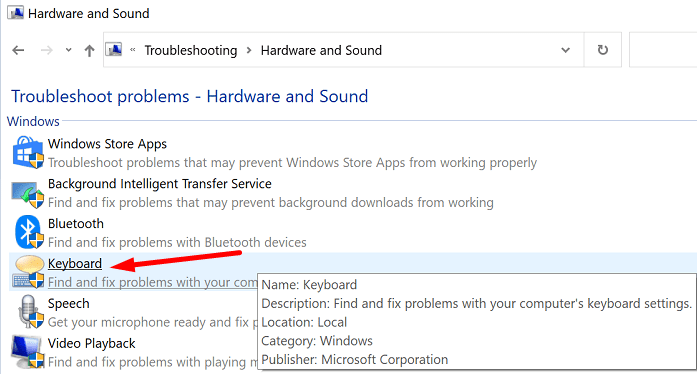Windows 11 riproduce diversi tipi di suoni per diversi eventi in modo che tu, l'utente, sappia cosa sta succedendo e ottenga una conferma sonora dello stesso. Ti tengono anche al corrente di eventuali promemoria importanti che potresti aver creato o ogni volta che il tuo sistema richiede la tua attenzione.
Ma ci sono alcune notifiche e suoni di avviso che sono semplicemente fastidiosi. Prendi ad esempio il segnale acustico che senti ogni volta che regoli il volume. Se sei in una riunione virtuale, quel segnale acustico può farti perdere facilmente il gioco.
Fortunatamente, ci sono alcuni modi in cui puoi modificare leggermente le impostazioni del suono per cambiare i suoni o disabilitarli del tutto. Ecco uno sguardo approfondito a loro.
Correlati: Come eseguire lo screenshot su Windows 11
Contenuti
Disattiva i suoni di notifica su Windows 11
Le notifiche sono un vantaggio, ma i loro suoni di accompagnamento sono tutt'altro. Ci sono un paio di semplici modi per sbarazzarsene. Diamo un'occhiata.
Metodo n. 1: disattivare i suoni di avviso utilizzando le Impostazioni
Per disattivare i suoni di notifica, premere Win + Iper aprire la finestra Impostazioni. Con "Sistema" selezionato nel pannello di sinistra, fai clic su Notifiche a destra.

Qui hai la possibilità di disattivare del tutto le "Notifiche".

Ma le notifiche sono importanti e ti consigliamo, invece, di disattivare i suoni per le app e i mittenti che ti disturbano in particolare. Per farlo, fai clic sull'app di cui desideri disattivare il suono di avviso. Nel nostro caso, siamo particolarmente infastiditi da Microsoft Store.

Quindi disattiva "Riproduci un suono quando arriva una notifica".
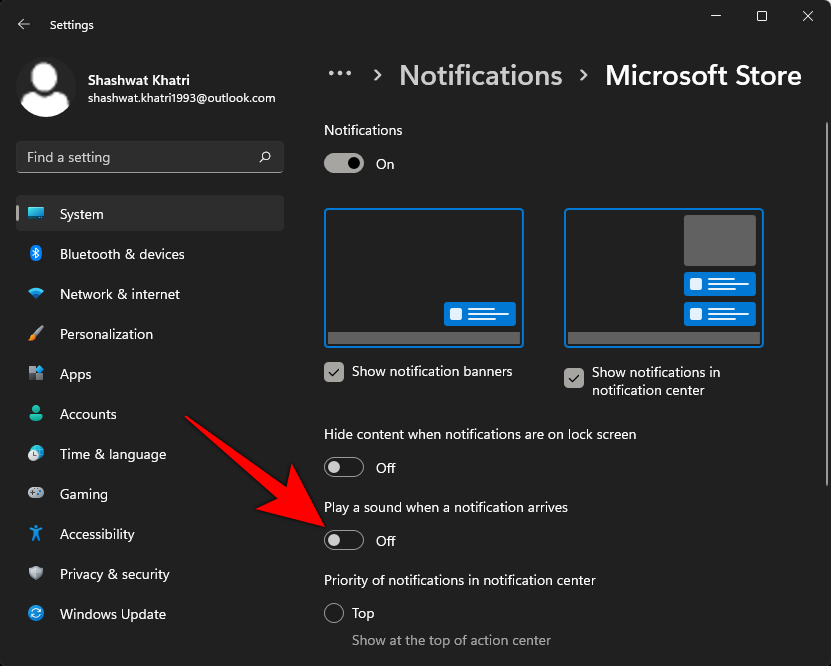
In questo modo continuerai a ricevere banner e avvisi, ma non i suoni associati. L'unico problema con il metodo precedente è che devi disabilitare i suoni di notifica individualmente per ogni app. Non è possibile disattivare i suoni per tutte le notifiche delle app tramite la finestra Impostazioni. Ma esiste una tale opzione se stai disattivando i suoni di avviso utilizzando il Pannello di controllo.
Metodo n. 2: disattivare i suoni di avviso utilizzando il Pannello di controllo
Ecco come disattivare i suoni di avviso utilizzando il Pannello di controllo:
Premere Win + Rper aprire la casella ESEGUI. Digita pannello di controllo e premi Invio.

Fare clic su Hardware e suoni .

Scegli Suono .
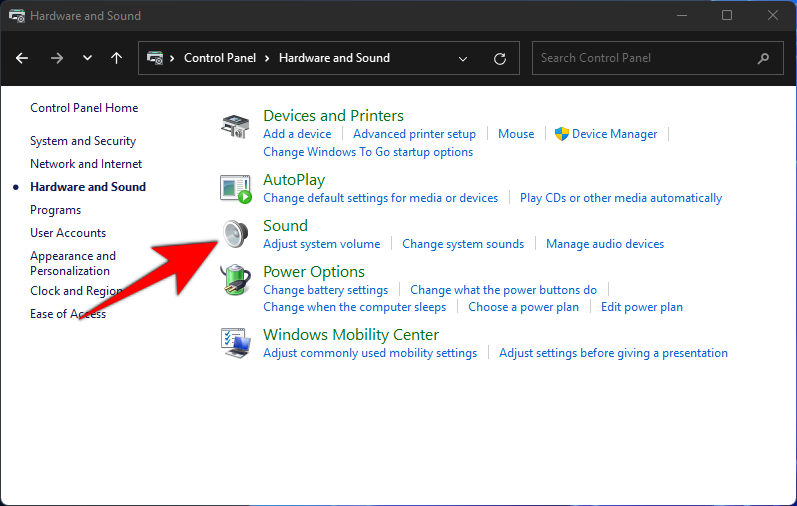
Si aprirà la finestra "Suono". Vai alla scheda Suoni .
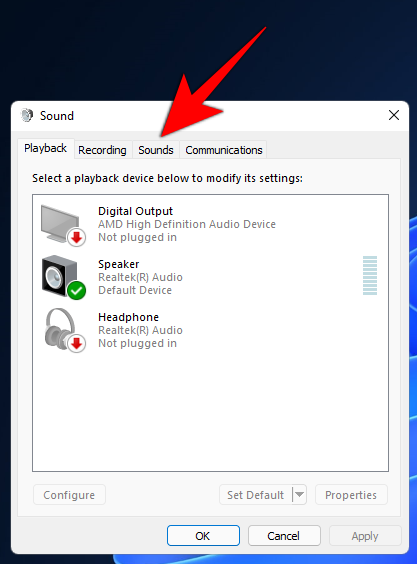
Qui vedrai gli eventi del programma elencati. In "Windows", scorri verso il basso fino a Notifica e selezionala.

Una volta fatto, vedrai i suoni che riproduce in basso. Per disattivarli completamente, è sufficiente fare clic sul menu a discesa e selezionare Nessuno .

Quindi fare clic su OK .
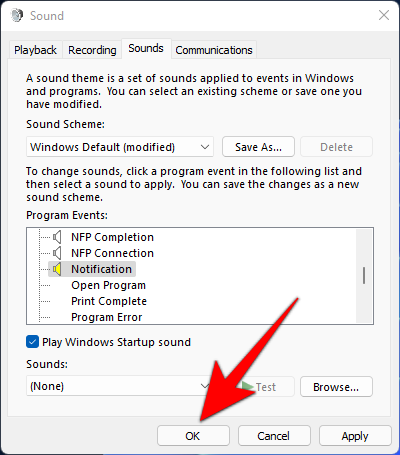
Dopo averlo fatto, anche se continuerai a ricevere notifiche come prima, non riceverai suoni di notifica.
Se lo desideri, invece di disattivare il suono di notifica, puoi semplicemente selezionarne uno diverso dallo stesso menu a discesa mostrato prima. Nella maggior parte dei casi, non si tratta tanto di non voler sentire alcun suono di notifica, quanto di essere annoiato o addirittura infastidito dal sentire lo stesso suono più e più volte. Ti suggeriamo di provare a cambiare i suoni e di sperimentarli finché non trovi quello con cui puoi convivere. Se non puoi, disattiva completamente i suoni di notifica.
Correlati: Come risolvere il crash del software su Windows 11
Disattiva il suono "ding" quando si cambia il volume
Ci sono alcuni suoni, come accennato in precedenza, che semplicemente non avrebbero dovuto fare il taglio, come l'abominevole suono "ding" che si sente quando si cambia volume. Questo suono è collegato al suono Beep predefinito su Windows, ed è quello che dovrai disabilitare per eliminare il suono.
Premere Win + Rper aprire la casella ESEGUI. Digita pannello di controllo e premi Invio.

Fare clic su Hardware e suoni .

Scegli Suono .

Si aprirà la finestra "Suono". Fare clic sulla scheda Suoni .

Qui vedrai gli eventi del programma elencati. In "Windows", scorri verso il basso fino a Segnale acustico predefinito e selezionalo.

In basso, sotto "Suoni", fai clic sul menu a discesa e seleziona Nessuno .

Fare clic su OK .

D'ora in poi, non sentirai più il suono ding quando cambi volume. Ma questo significa anche che non riceverai il suono per gli eventi che utilizzano questo segnale acustico predefinito. Ciò significa che il segnale acustico andrà perso in tutto il sistema, non solo per le notifiche. Quindi, se vuoi mantenere il segnale acustico predefinito per altri eventi, puoi provare semplicemente a usare la rotellina del mouse per regolare il volume. Non emetterà alcun suono.
Correlati: Come abbassare i bassi su Windows 10
Modificare il segnale acustico predefinito su Windows 11
Puoi altrettanto facilmente cambiare il segnale acustico predefinito in qualcos'altro. Nella stessa finestra del pannello di controllo "Audio" mostrata in precedenza, seleziona Segnale acustico predefinito .

Quindi fai clic sul menu a discesa sotto "Suoni" e scegli un suono.
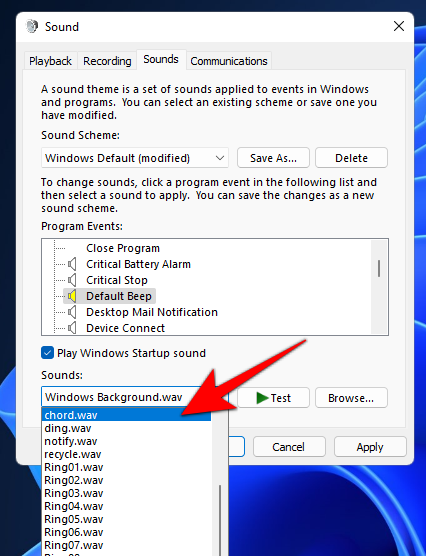
È possibile anche su Sfoglia per un altro clip audio, se si dispone di uno salvato sul vostro computer.
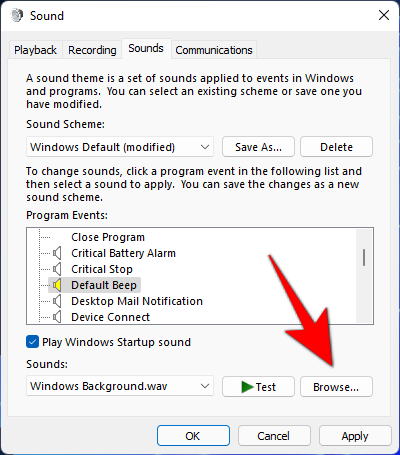
Fai clic su Test per ascoltare come suonerà ogni volta che un evento lo richiede.

Quando pensi di aver trovato il suono che desideri, fai clic su OK .
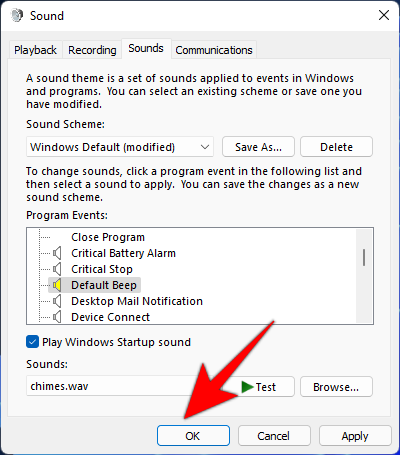
Correlati: 20 modi per risolvere i problemi "Audio non funzionante", "Nessun audio" su Microsoft Teams
Disattiva tutti i suoni di sistema su Windows 11
Se non vuoi che i suoni del sistema ti interrompano minimamente, ecco come farlo:
Nella stessa finestra del pannello di controllo "Audio", fai clic sul menu a discesa sotto "Schema audio".
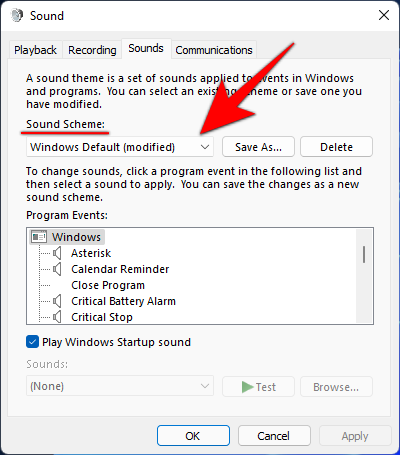
Seleziona Nessun suono .

Fare clic su OK .
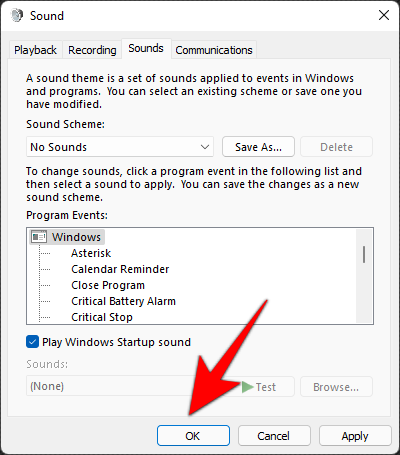
Ora, non otterrai alcuna interruzione dell'audio del sistema, indipendentemente dall'evento del programma.
Correlati: Come riprodurre musica tramite il microfono su Windows 10
Disattiva tutti i segnali acustici utilizzando RUN
A volte, anche se disattivi tutti i suoni impostando la combinazione di suoni di Windows su "Nessun suono", potresti comunque sentire dei segnali acustici per determinate azioni. In tali casi, dovrai richiedere l'assistenza della finestra RUN e disabilitarla con un semplice comando. Ecco come farlo:
Premere Win + Rper aprire la finestra ESEGUI. Quindi digita i seguenti comandi:
sc stop beep && sc config beep start= disabled

Premere Invio. Dovrai riavviare il computer affinché le modifiche abbiano effetto. Il servizio di segnale acustico ora dovrebbe interrompersi completamente e non verrà riattivato all'avvio.
Disattiva il segnale acustico della tua tastiera
While typing on your keyboard, you may sometimes have heard a beeping sound. Though some people tend to roll with it and don’t mind this passing interruption, many find it plain annoying and would rather have it be completely silent. If you find yourself in the second camp, here’s how you can turn off the beeping sound of your keyboard:
Press Win + I to open Settings. Then click on Accessibility in the left panel.

Then, on the right, scroll down and select Keyboard.

Now, click on Notification preferences.

Then uncheck Play a sound when I turn Sticky, Filter, or Toggle keys on or off from the keyboard.

This should do the trick and prevent any keyboard inputs from emanating any beeping sound.
Stop Windows from making a sound when attaching or removing a USB device
We can all count on the sounds to know when external devices are connected or disconnected. But for some, these are unnerving interruptions, even a little eerie when these sounds are played for no apparent reason. If you prefer to stop Windows from making a sound when attaching or removing external devices, here’s how to go about it:
Press Win + I to open Settings. Then select Sound on the right.

Scroll down to the bottom and click on More sound settings.

In the new ‘Sound’ window, switch to the ‘Sounds’ tab.
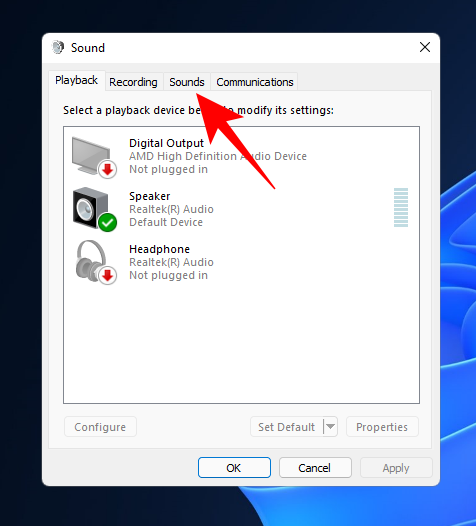
Now, under ‘Program Events’, scroll down and select Device Connect.

Then, at the bottom, click on the drop-down menu to reveal the options.
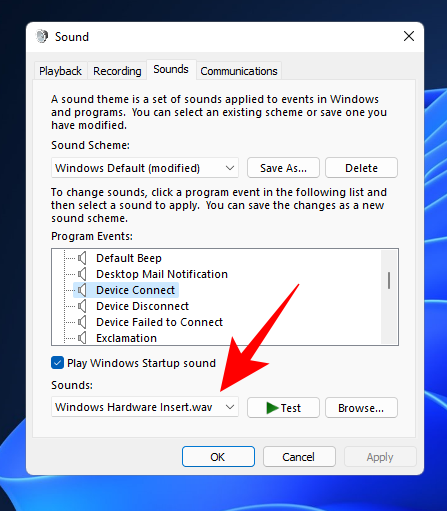
Scroll up the options and select (None).
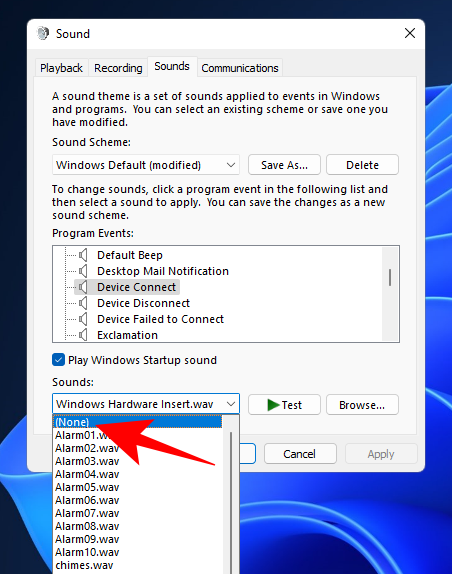
Now do the same for the Device Disconnect program event.
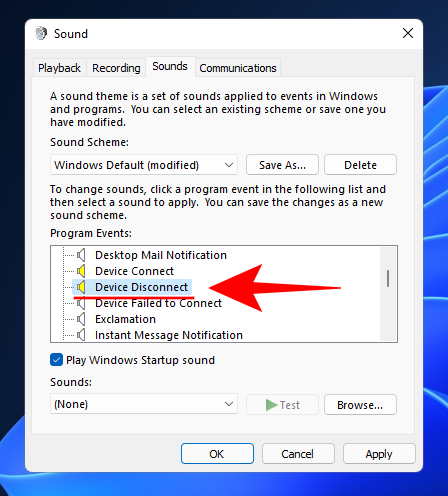
Once done, click on Apply > OK.

Fix: Windows constantly playing beeps and other sounds
It is one thing to be annoyed by sounds that you know are tied to certain program events, such as notifications and volume changes. But what about situations when you keep hearing random alert sounds without there actually being a clear, discernable event? If you’re plagued with such an occurrence, here are a few fixes to help you out.
Method #01: Troubleshoot Audio
Constant sounds from your system could very well be because Press Win + I to open Settings. With ‘System’ selected in the left panel, scroll down on the right and click on Troubleshoot.

Click on Other troubleshooters.

Click on Run next to ‘Playing Audio’.
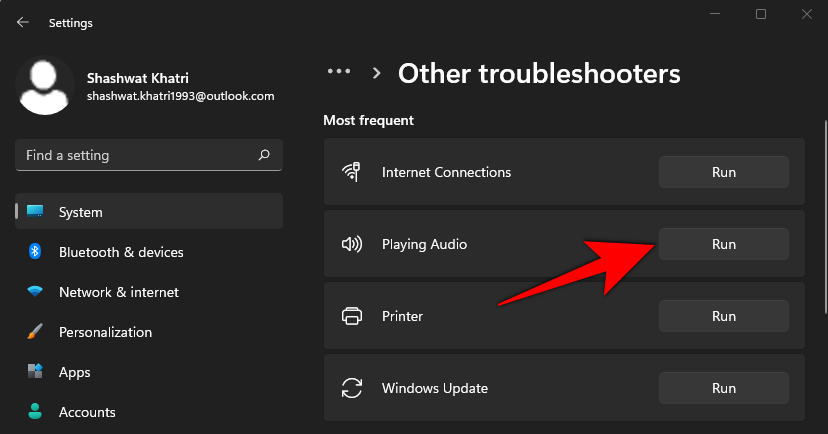
Choose which device that you want to troubleshoot and click Next.
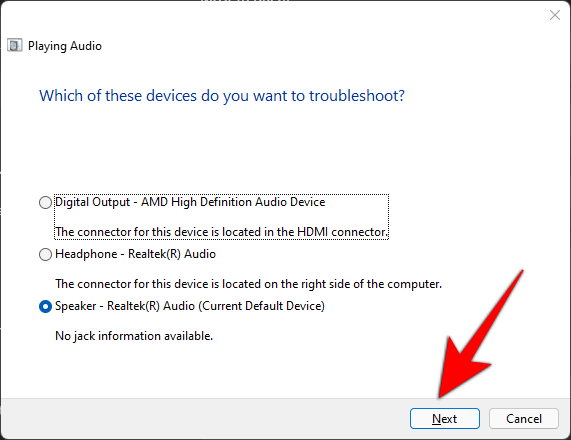
The troubleshooter will now look for problems with the audio device and suggest solutions.
Method #02: Consider possible hardware issues
Hearing beeps from your computer could be a sign of hardware issues as well, and these shouldn’t be taken lightly. Sometimes, this will be accompanied by your system not being able to start at all. But that’s not always the case.
However, depending on how many beeps you’re hearing, you can diagnose what’s causing the problem.
- 1 Beep — Your GPU is having problems.
- 2 Beeps — Your RAM isn’t working well.
- 3 Beeps — Your system memory is having problems.
- Continuous beeping – This means that the processor is having problems.
In all the above cases, you can try turning off your system, opening up the cabinet, and checking if everything inside is properly connected and firmly in place. However, do so with utmost caution. If you’re not confident about it, take your system to a local computer repair shop and ask them to help you out. This you will have to do invariably if you own a laptop.
Worst comes to worst, you may have to change your hardware and shell out a pretty penny. But if it’s only a matter of hardware coming loose, the matter can be solved in no time and for free.
Frequently Asked Questions (FAQ):
‘Sound’ is a multi-source event on Windows. Whether it’s the beeping sound of Windows notifications or the music that you’re playing, and there are bound to be a wide variety of scenarios and, consequently, questions about them when something you don’t expect or want keeps happening repeatedly. We address a few common ones below.
Should you turn off all default beeps?
A question of extremes that shouldn’t deserve the much-iterated “It depends on you” response, but, the fact of the matter is it does depend on you. Beeps serve the important function of letting you know when an event has occurred (or – more significantly- has been registered by Windows). But they can also be disruptive when too many events are occurring or false being registered. When either of these things is happening, turning off beeps is perhaps the logical thing to do.
How to stop computer from beeping on startup?
Beeping sounds made by the computer on startup are a clear sign that your motherboard is encountering some sort of a problem, most likely with the graphics card, RAM, the memory chip, or other pieces of hardware that run the whole computer gamut from the background.
The first thing to do would be to check the battery (for laptops) or the power source and ensuring your system’s getting juice. A beeping computer could mean that there is no power and a shutdown is imminent.
If that’s a nonissue, move on to the memory sticks on your computer. The beeping doesn’t always mean that your hardware is dying. It could simply mean that it’s not connected properly. If you’re the DIY type, you can remove and re-insert back the memory properly to ensure it’s seated well into the slot.
If the beeping continues, you could look for the source in your motherboard’s BIOS. Every motherboard manufacturer has a different set of computer beep codes for diagnosing different problems. Even if you have the same motherboard manufacturer as your friend, you may still have a different set of beep codes for your particular model. Look for the codes on the manufacturer’s website and find the diagnosis.
What does the constant beeping noise mean?
One long continuous beep means your computer hardware is encountering a problem, in most cases a memory problem, which can sometimes keep you from even booting up. You may have to either disconnect and re-connect the hardware or take it to a shop for repair and replacement of parts.
What does it mean if your computer beeps twice on startup?
There are different sets of beep codes for different motherboards and BIOSs. You will have to look through your manufacturer’s website to find the same. On AMI BIOss, for example, two beeps on startup mean a problem with the RAM, which will require you to properly reseat it in the slot or replace it entirely.
We hope you now have a better idea of how to disable annoying Windows sounds in a few ways. Do remember that you can always simply change the sound instead of disabling it completely. But if it’s complete silence that you want, kill the entire system sound. We wish you a quiet, productive life.
RELATED













































